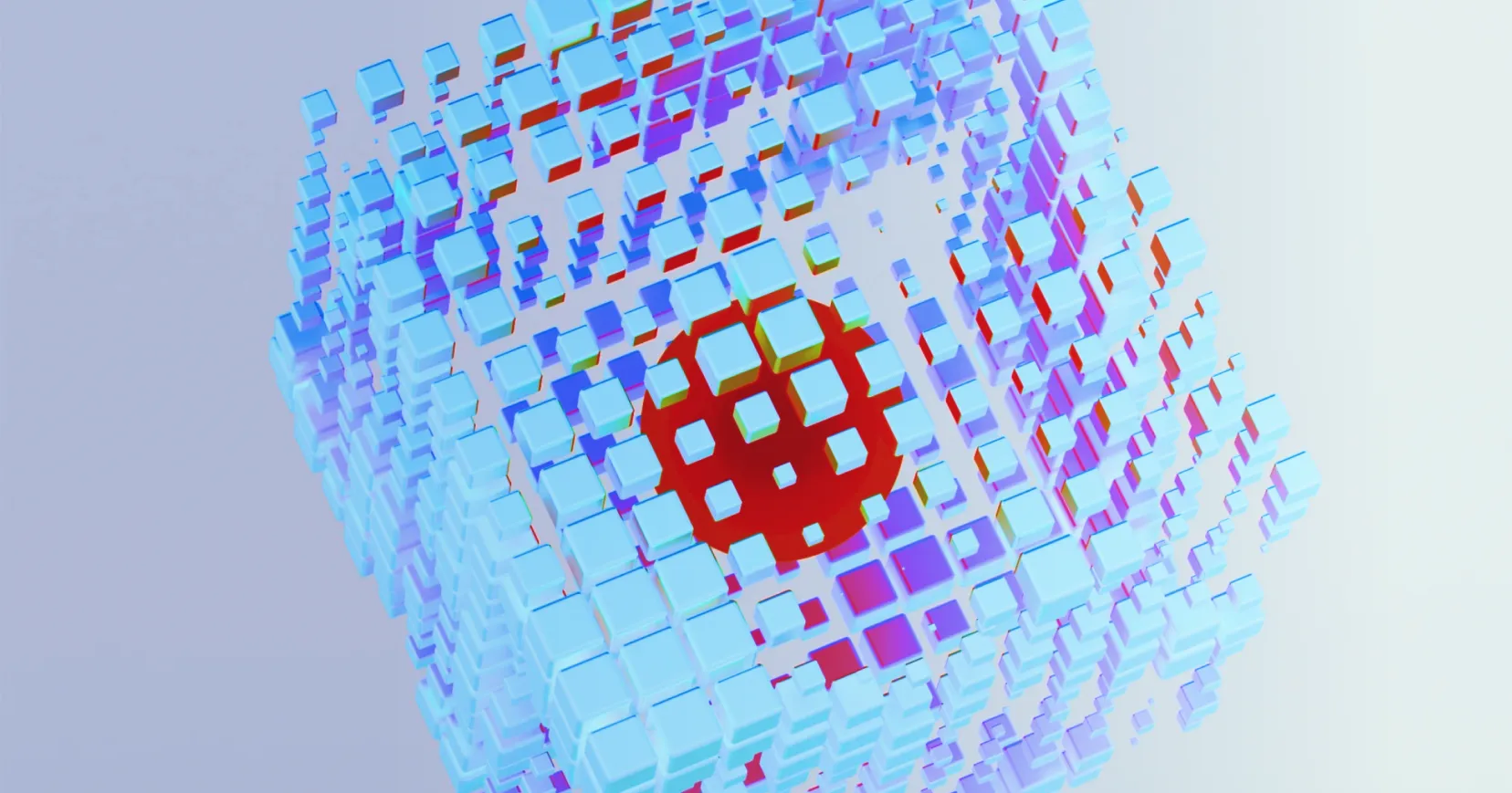13 Jul 2025
Riasztás
High - CVE-2025-7531 - A vulnerability, which was classified as...
A vulnerability, which was classified as critical, was found in Tenda FH1202 1.2.0.14(408). This affects the function fromPptpUserSetting of the file /goform/PPTPUserSetting. The manipulation of...
Read more

